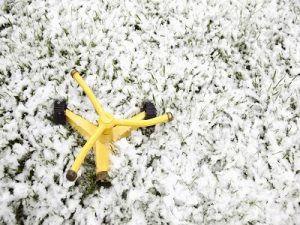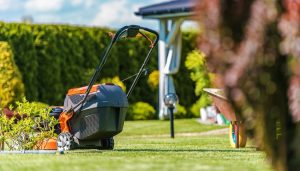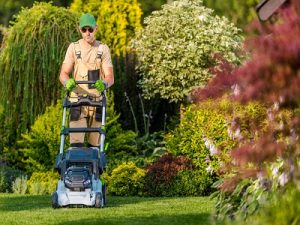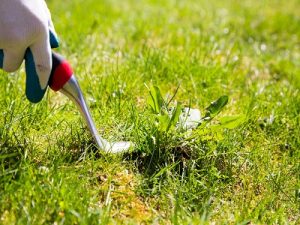 Mulching is great for your lawn because of a variety of reasons. Mulching is great for your lawn because it saves you time, money, and labor. You don’t have to rake, bag, or haul away any leaves or clippings. These are the basics you should know:
Mulching is great for your lawn because of a variety of reasons. Mulching is great for your lawn because it saves you time, money, and labor. You don’t have to rake, bag, or haul away any leaves or clippings. These are the basics you should know:
Mulching Lawn Clippings
Lawn clippings should be mulched every year. Mulching lawn clippings has many benefits that are hard to overlook. Mulching lawn clippings is a smart way to save time and money. Lawn clippings can be used in the same way as mulching leaves on the lawn in the Ffall to add valuable organic matter to the soil.
Mulching can be done best with a mulching mower. These mowers are just like other mowers but with some modifications. Mulching kits can be purchased with mowers, or they can be retrofitted. Mulching blades have extra cutting surfaces and are combined with additional baffling beneath the mower. To trap clippings under the deck, the output chute is blocked. The baffling allows the clippings to be moved around and can be used multiple times to cut the lawn.
Grass Clippings & Thatch Buildup
Thatch buildup is not caused by grass clippings. They are mainly water and the rest of the tissue is removed by microbial activity. Although grass clippings can contribute to an existing problem of thatch, as long as the lawn has been mowed regularly, and a mulching mower is employed, mulching lawn clippings will not cause thatch accumulation. Under wet or overgrown conditions, clumping may occur. To prevent grass from becoming smothered, it is important to take care not to clump.
Financial Benefits
The soil biology benefits alone may not be enough to encourage the practice of mulching grass clippings into the lawn. However, the financial rewards might. A lawnmower collection system is more expensive than a mulching set. There is more work involved in removing clippings from a lawnmower. The collection system must be empty and then the clippings need to be placed somewhere.
Even if these extra steps don’t increase the overall cost of lawn care services, they do contribute to fuel and labor costs. Where do clippings go if they are transported off-site? If they are taken to recycling facilities, there may be a charge for tipping. They can be kept on-site and put in a compost heap.
Situations where you can skip mulching with clippings
If there are a lot of weeds in your lawn such as crabgrass and dandelions, clippings can be collected rather than being mulched. The clippings can be collected around the time that weed go to seed, which may reduce the spread of weed seeds in the lawn at certain times of the year. It is a good idea to collect clippings if the lawn has been unmowed for longer than one week because of rain or other circumstances.
Mulching Leaves into the Soil
It turns out that fall leaves should be mulched and returned to the lawn. Use excess leaves to mulch your garden, or plant beds, or for filler in your compost pile. Avoid putting them out on the curb, especially if you know they will end up in the landfill. Leaves can be recycled as organic matter and should be kept on the original property where they were found.
Stay on a Lawn Care Program
it is always best to stick to a lawn care program. You could do this on your own or have a specialist do it for you. Conner’s Lawn Care Service is here to help you take care of your lawn from trimming grass to landscaping. We do it all for you!
Call Conner’s Lawn Care Service today for professional lawn care services.
Conner’s Lawn Care Service
Myrtle Beach, SC
843-504-4901
http://connerslawncare.com/








